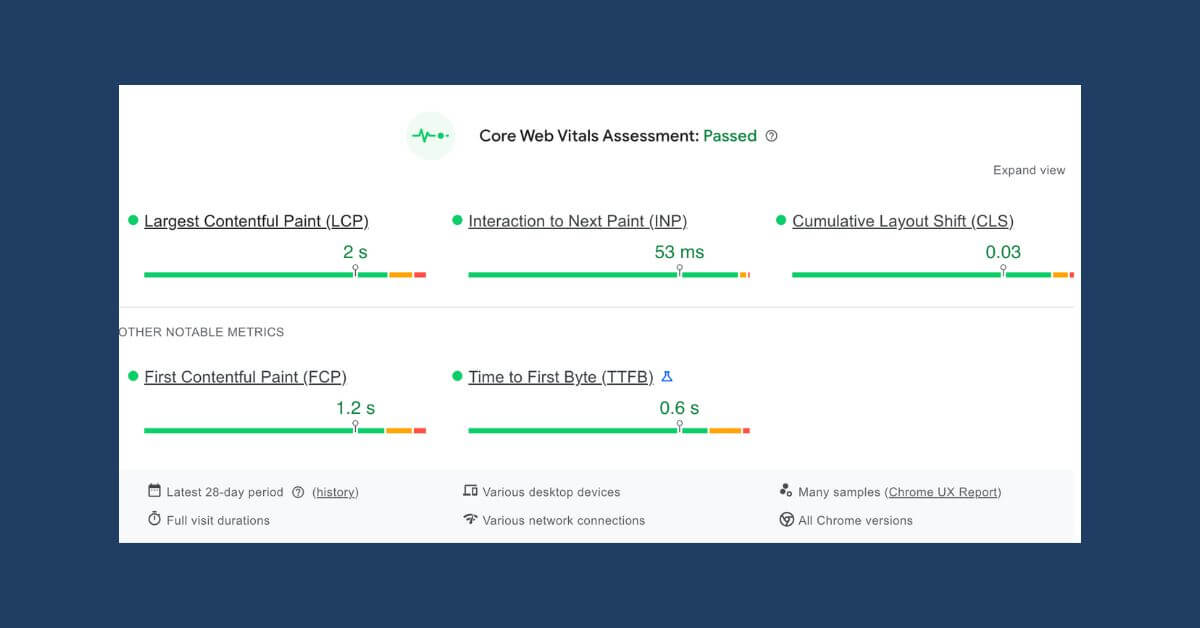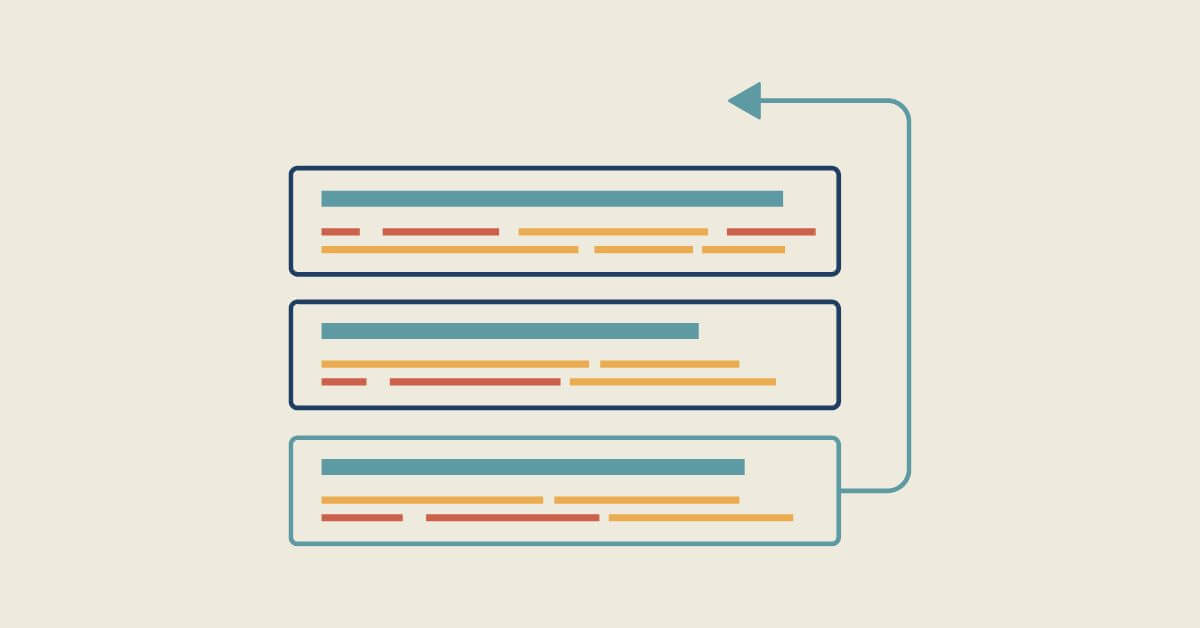Technical SEO encompasses a wide range of aspects that, when properly optimized, can significantly improve a website's ranking in search results. Contrary to popular belief, technical SEO isn't just for IT experts. By understanding the basics and best practices , you can use technical SEO to your advantage!
What is technical SEO?
To fully understand what it represents, let's first take a look at some of the misconceptions surrounding technical SEO . This exercise will also help us better define the theory behind this important aspect of overall SEO .
- Many people believe that technical SEO is too complicated for anyone who isn't a computer expert. In reality, while some aspects are indeed more specific, several elements can be managed with minimal technical knowledge. These include page loading speed, mobile responsiveness ( responsive design ), or installing an SSL certificate for a secure site (HTTPS), for example.
- Another myth that needs to be addressed is that many people view technical SEO as a quick fix to improve a site's search ranking . In reality, organic SEO in general is a long-term process that requires patience and perseverance. Technical SEO is an important part of this process, but it must be done in conjunction with other facets, such as quality content.
- We sometimes hear that technical SEO is a discreet practice that has no effect on other aspects of the site. This is false ! In fact, this aspect of natural referencing is closely linked to other aspects of SEO and user experience. The impact is therefore real. For example, in addition to improving its ranking, a site that loads quickly and is easy to navigate will also be beneficial for the overall user experience (improved UX).
- Finally, some people think that technical SEO is a static strategy that doesn't need to evolve once it's implemented. But the reality is quite different! Like all other aspects of SEO, it must evolve with changes in search engine algorithms and new technologies. This is how your approach can become more effective!
In short, technical SEO is neither a practice reserved solely for experts nor a quick shortcut to improving a site's ranking. Rather, it's an integral part of a good overall SEO strategy . It therefore requires ongoing attention and constant evolution to remain fully effective.
Now, let's look at each of the main components of technical SEO together, in order to better understand this aspect of SEO , and appreciate its importance in today's digital world.
Domain names and redirects
An important aspect of technical SEO is domain names and redirects. A good domain name should be easy for users to read, understand, and remember, while also providing a relevant overview of what the website offers. Redirects , on the other hand, are essential for correctly directing users and search engines to the appropriate content, especially in the event of a URL change or site restructuring.
Differentiate between the different types of redirects in technical SEO
Since redirects play a necessary role in website management, especially when it comes to ensuring a smooth user experience and maintaining high visibility in search engines, it is very useful to seek to understand how they work, why they are used, in addition to realizing their impact on SEO.
In this sense, here are the main types of redirects that can be encountered:
- 301 - Permanent Redirect : This indicates that the page has been permanently moved to a new URL. In these cases, search engines transfer the majority of the SEO value to the new address.
- 302 - Temporary Redirect : Used when content is temporarily moved. Search engines may choose not to transfer the SEO value , assuming the original page will likely return.
- 307 - Temporary Redirect (HTTP/1.1) : Similar to 302, but more specifically related to HTTP/1.1.
- Meta Refresh : This is a variation since it is not a true HTTP redirect. Rather, it represents a pause of a few seconds before redirecting the user to a new page.
What are website redirects used for?
When it comes to optimizing a website's technical SEO , it's helpful to understand that redirects can serve different purposes .
- Domain Change : If you're moving your site to a new domain, 301 redirects are essential to transfer SEO value.
- Content reorganization : These help maintain the user experience during the redesign or reorganization of the site.
- Page Removal : If an outdated page is removed, a redirect can guide the user to a relevant page to avoid the site being penalized in terms of natural referencing.
- Site security : A redirect can direct users from an HTTP site to HTTPS, thus optimizing browsing security.
- Website Migration : In such a scenario, without proper redirects, SEO ranking and traffic can then be severely affected.
- Content Merge : If two pages are merged, a redirect from the old to the new is crucial to avoid duplicate content.
- Maintenance ( or Temporary Downtime ): Using temporary redirects is a good way to inform users without hurting rankings.
Understanding the impact of redirects on search engines
Redirects have a direct impact on how search engines index and rank pages. For example, a well-implemented permanent (301) redirect will transfer the majority of SEO value to the new URL .
The time it takes for search engines to correct their ranking index after a redirected page can vary. Typically, it can take anywhere from a few days to a few weeks. A good tip to know: Using tools like Google Search Console can help speed up this process.
In short, redirects are an essential aspect of website management and SEO in general. Used wisely, they can improve user experience and preserve SEO value. Understanding the different types of redirects, and knowing when and how to use them, is therefore essential for a successful online strategy!
Site crawling by robots
Another crucial aspect of technical SEO is how easily a website can be crawled by robots . For a website to be properly indexed by search engines, they must be able to access all relevant pages. It is recommended to use a robots.txt file to guide search engine crawlers (like Googlebot for example), telling them which pages to crawl and which to ignore.
Security
Website security is another central element of technical SEO. It can even be said that the use of the HTTPS protocol , ensuring that data exchanged between the website and the user is secure, has become a standard .
As a result, please note that Google now favors sites using HTTPS over other search results.
Navigation
In an effort to constantly optimize the user experience , it is essential to pay attention to the technical aspects surrounding the navigation of your website. A well-structured site, with intuitive navigation , encourages visitors to stay longer and explore more pages. This approach therefore has the positive effect of reducing the bounce rate, causing a potential improvement in SEO ranking.
Website speed
Among the various components of technical SEO, the loading speed of a website is one of the most important . Indeed, it has a direct impact on the user experience and is therefore considered an important ranking factor by Google . Optimizing loading speed can be achieved in several ways, such as minimizing CSS and JavaScript code, compressing images, and using a content delivery network (CDN).
Mobile friendliness
With the increase in internet usage on mobile devices, it is essential that your site is optimized for both smartphones and tablets. Opting for a responsive design that adapts well to the user's screen size is therefore a good practice to adopt for effective natural SEO .
Sitemaps
Because they help search engines crawl your site, using sitemaps is another great strategy to consider when it comes to technical SEO. By providing a representative structure for your website , creating an XML sitemap , submitted to Google Search Console for example, ensures that all important pages are captured by the search engine's algorithm.
Website structure
The overall structure of a website should be logical and organized to facilitate navigation for both users and search engines. Specifically, URLs should be descriptive. It's also recommended to use header tags to define the hierarchy of content on different web pages.
Schema Markup and Structured Data
Using schema markup and structured data can greatly improve a site's visibility in SERPs. These elements provide search engines with additional information about the page's content, allowing for the display of rich snippets in search results. It's worth noting that Google offers a structured data testing tool to verify the correct implementation of these elements.
Handling 404 errors
404 errors occur when a page cannot be found. When they occur, these error codes can harm the user experience , and thus your SEO , if not handled properly. Therefore, it is important to regularly check your site to ensure that it does not contain 404 errors. If this type of error occurs, it is important to correct it quickly, either by restoring the missing page or by redirecting the URL to another relevant page.
Conclusion
In short, good technical SEO requires careful attention to each of these aspects. When properly optimized and managed, these elements help improve your website 's ranking in search results, increasing its visibility and generating more traffic .
In addition to improving the likelihood of your site ranking well in search results, good technical SEO optimization has the added benefit of demonstrating positive impacts on the overall user experience (UX).
Discover The Ultimate SEO Guide
Whether you're a business owner or decision-maker, maximize your online visibility with The Ultimate Guide to SEO . Written by experts, this guide offers key strategies to excel in search engines. Don't miss this opportunity to invest in your digital future. Get your guide now.
To learn more about SEO and artificial intelligence
At Bofu, we approach SEO in all its dimensions: technical, editorial, local, multilingual, and even in connection with the new capabilities of artificial intelligence.
Explore our specialized SEO services :
Also discover our analyses on the impact of AI in the world of SEO:
And if you want to deepen your knowledge of traditional and advanced SEO:
















